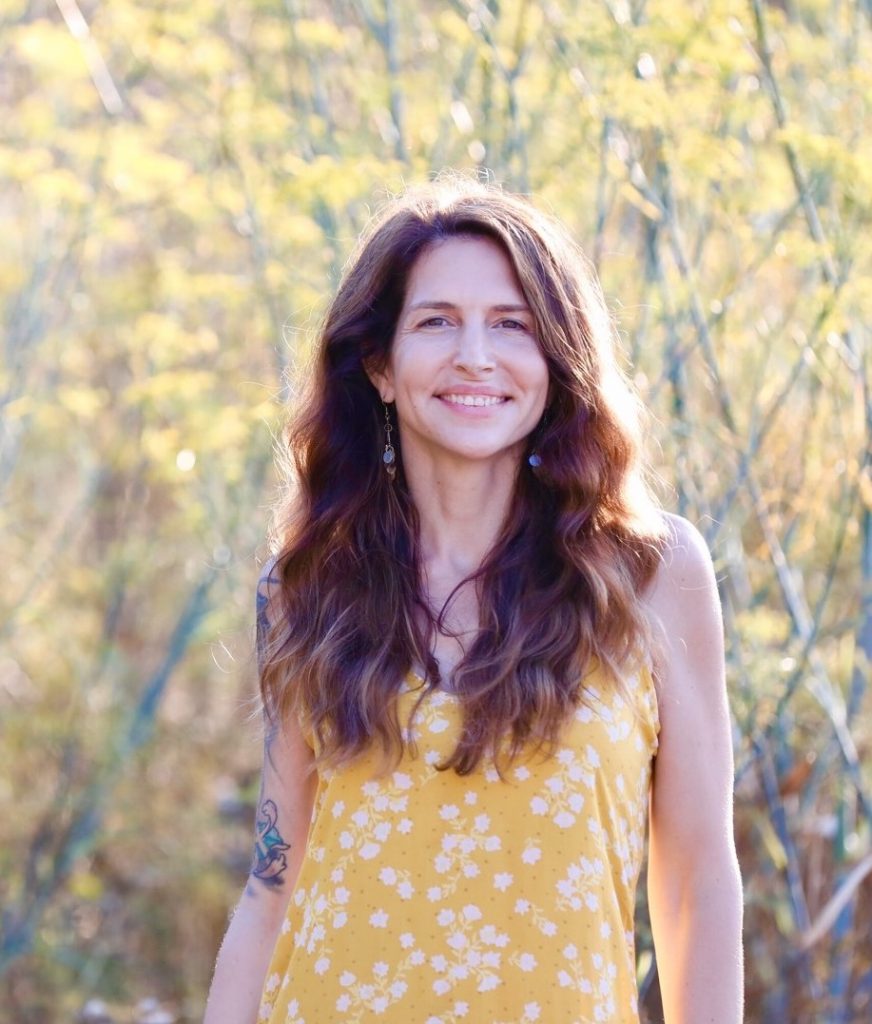On Leadership
To truly create something different, to rise above the standard forms that we have been handed, to reach new levels of collective spiritual insight, we need more evolved leadership.
We may have desires to create something different, but it is up to us to take responsibility and make sure we are walking the walk of being a truly transformational leader.
To one degree or another, leaders in the past have been people who tell others what to do. They direct or inform. In moments, they might inspire, but the inspiration, more often than not, is more of a pointer in the direction where their followers should be headed.
This old model is partly born of a notion that the leader has something in his or her head that the others involved need to learn how to execute on or adhere to. What is more true is that, while a leader might know something about where the group is going, there is quite a bit that is unknown—growth requires a stepping into the unknown. The leader will be just as changed and surprised by the process as everyone else.
When we assume that the leader has the answer and the followers are merely trying to catch up or make it happen, it devalues the contributions of those involved. It creates a dysfunctional hierarchy based on an authoritarian model where one person knows and everyone else learns or follows.
While this works at certain levels of consciousness, where the divine nature, creative spark, and soul essence are not yet being expressed, once we are operating in groups with more consciousness, the old model becomes oppressive.
As a leader, it is easy to think that we have grown beyond this model when in fact we have not. It takes continual refinement to advance beyond established norms of leadership.
To be clear, to embrace new forms of leadership worthy of our collective growth in consciousness, we do not need to do away with all forms of hierarchy—in fact, that is somewhat problematic. We do need, however, to work with these structures in an entirely new way.
In a healthier, more advanced version of leadership worthy of our noble endeavors, the leader is the first person to adjust their behavior. This above all else is what makes them the leader. They do not need to tell others to make changes so that then they can change or realize their objective. They change so that others can also make changes.
As a leader, before making a request, you make the desired shift inside of yourself. If you see a problem in someone else’s behavior, see how it is showing up in your behavior or how you are contributing to its creation.
Following on this, the question when things are not working out is not what does this other person need to do to get on track, but what do you need to do to be a better leader. This rigorous inquiry and adjustment is the foundation of a more advanced leadership.
As your leadership becomes more refined, it is built on listening to what is coming through each individual and harnessing this in service of a collective vision. You are not fearlessly in front barking out commands to those following, but tirelessly attending to the full expression of what is coming through.
This part of leadership often requires sitting back. Not a resentful sitting back, creating a standoff of disengagement and fear, but the sitting back that creates perspective on what is happening, that grounds itself in the larger vision, that holds a light for others to see by.
From this perspective, it is possible to see how to maximize everyone’s potential and grow the collective work. It is possible to see how to help people contribute more and better. With humility, it is possible to put aside agendas about what things should look like and create excellence from what is.
This type of leader looks at each person and evaluates them not only on a collective standard but on their individual contribution. What wisdom does this person have to offer in their approach to the work at hand? How might what is bothering or challenging your actually be a missing piece in making it work?
Or, if a person is making mistakes, not showing up, or being otherwise problematic, the question for the other person from the evolved leader is: “What do you need to make this work for you,” instead of “why are you making this mistake?”
If, after being given the support that they need to succeed, someone is unable to rise to the call of what is needed, this is its own instruction and will most often be evident to all involved, creating smooth transitions and ongoing goodwill.
This shift alone begins to dissolve unhealthy dynamics that people have with authority figures. No longer do people need to prove their worth and value to the leader. They can trust that their worth and value is an intrinsic part of the whole. They know that the obstacles they face will be easier to overcome because they have the support of both the leader and the collective.
These more developed leaders, whom I imagine you are trying to become, do not have followers. You have collaborators who, through their deep respect for your leadership, give their all to a joint creation. These collaborators are fully empowered to be leaders themselves and are capable of being led by others they are working with.
As you make the shift to this more powerful form of leadership, what you are able to create exponentially increases. No longer does one person need to bear the burden of bringing forth the vision; rather, the vision is brought forth from the collective hearts and souls of all who are involved, making it powerful and secure beyond measure.

